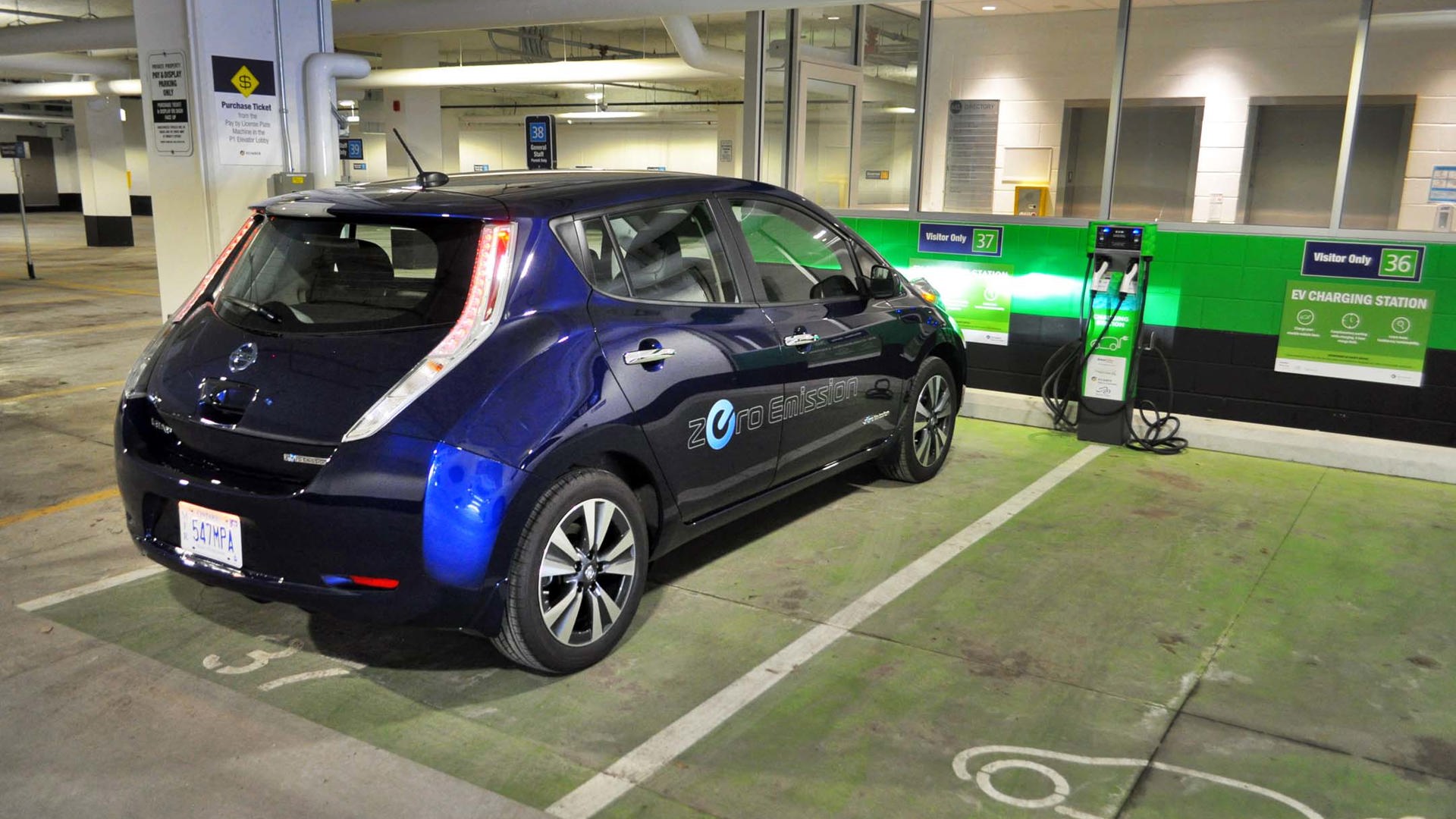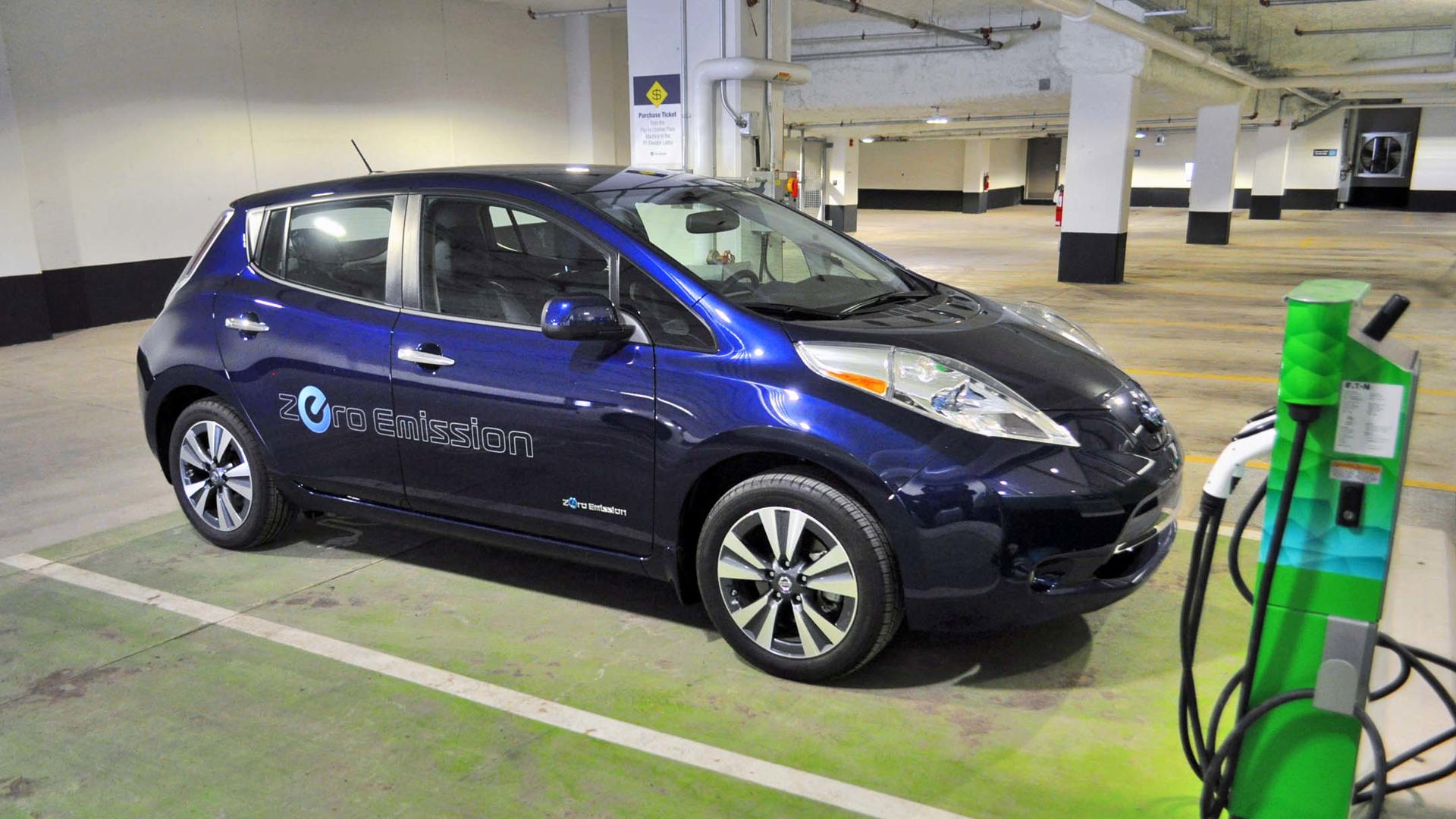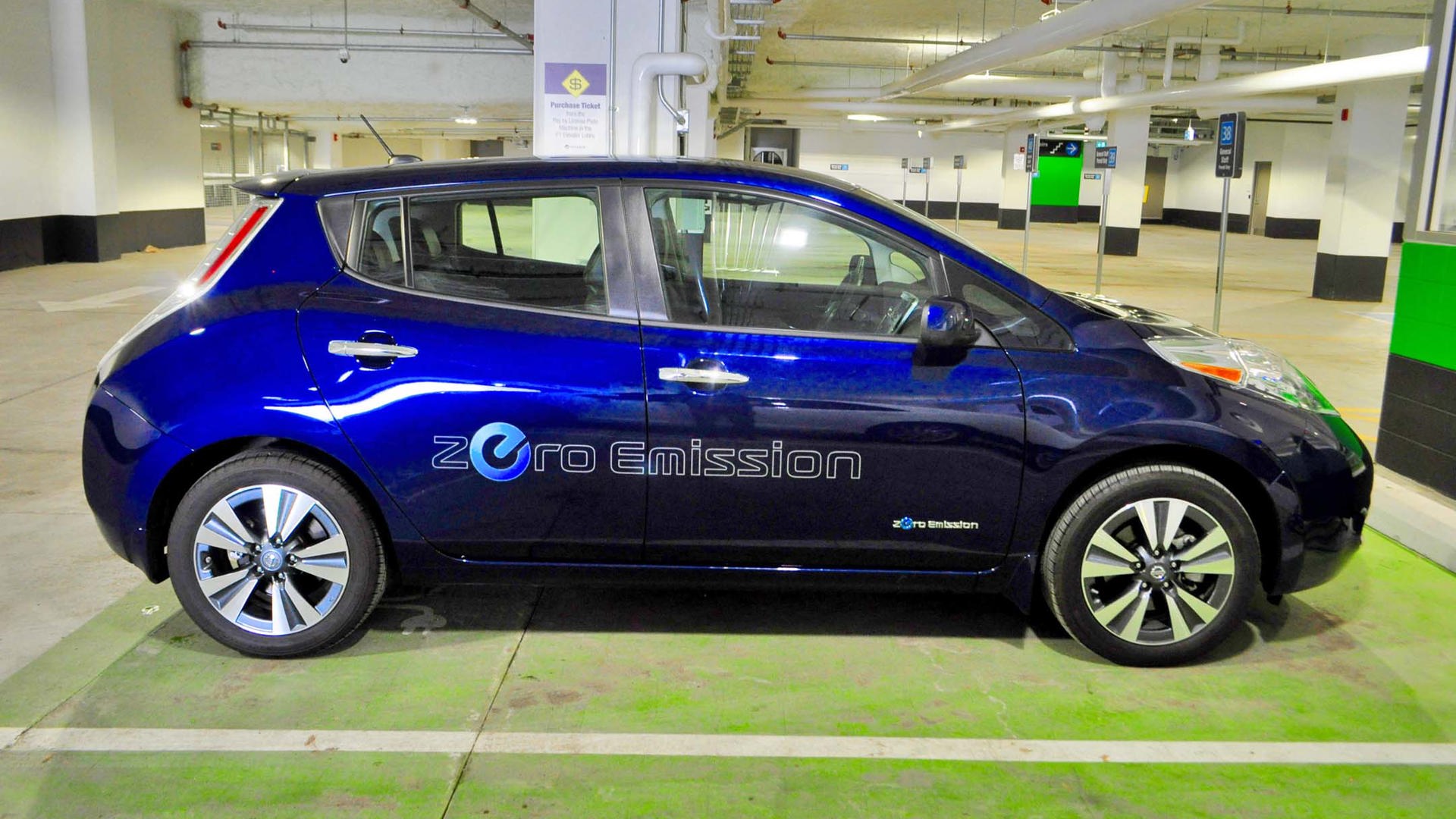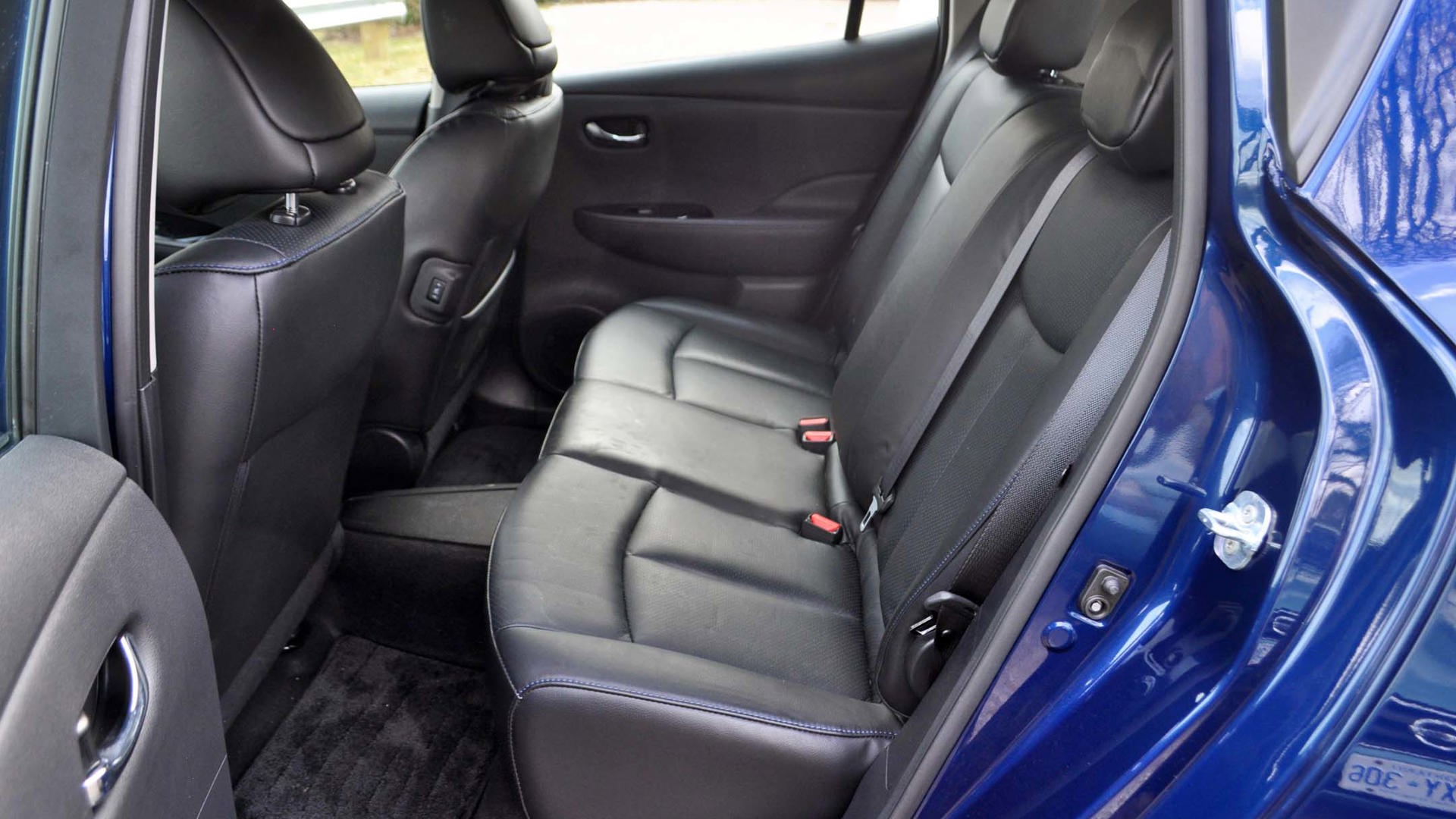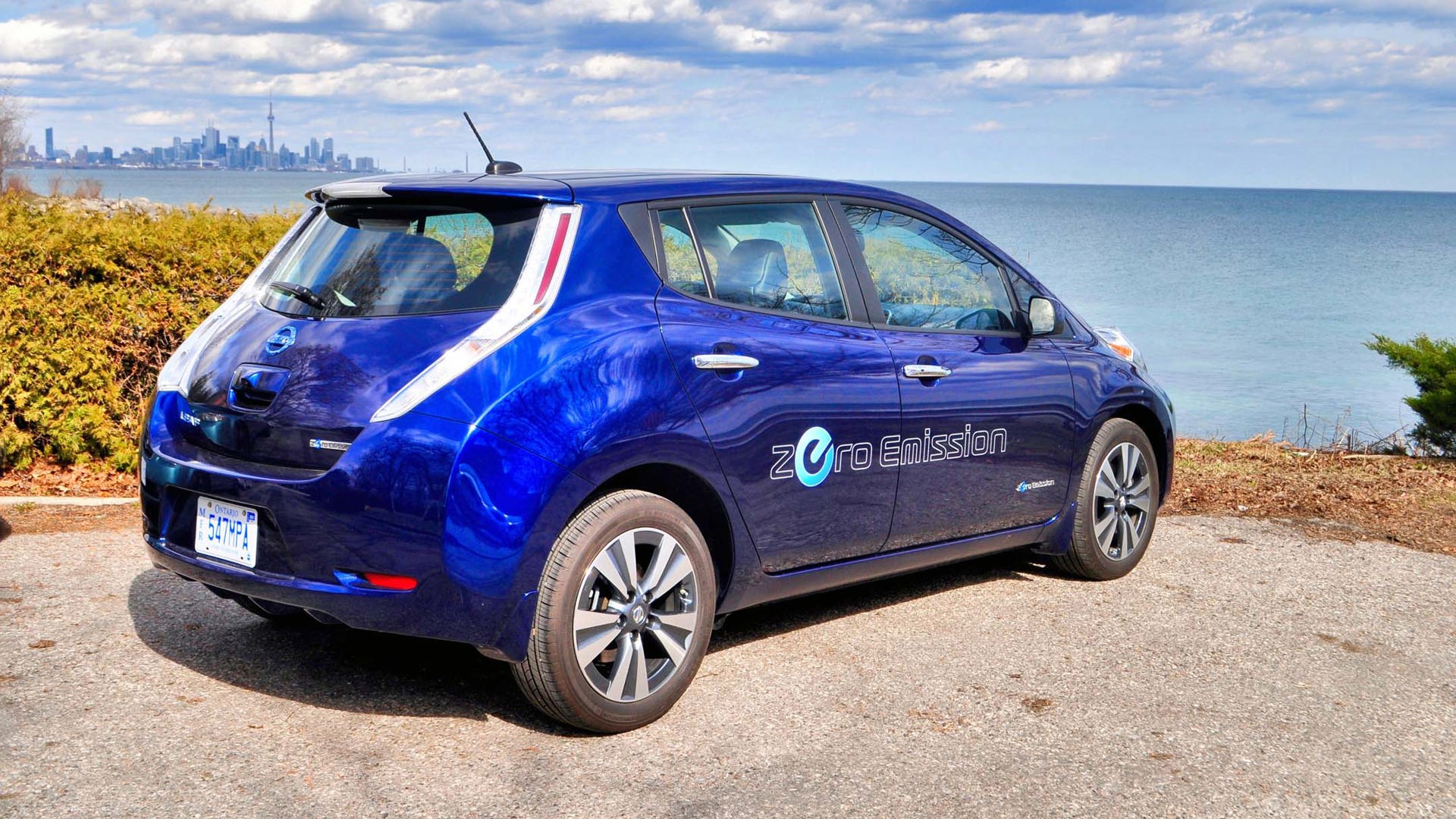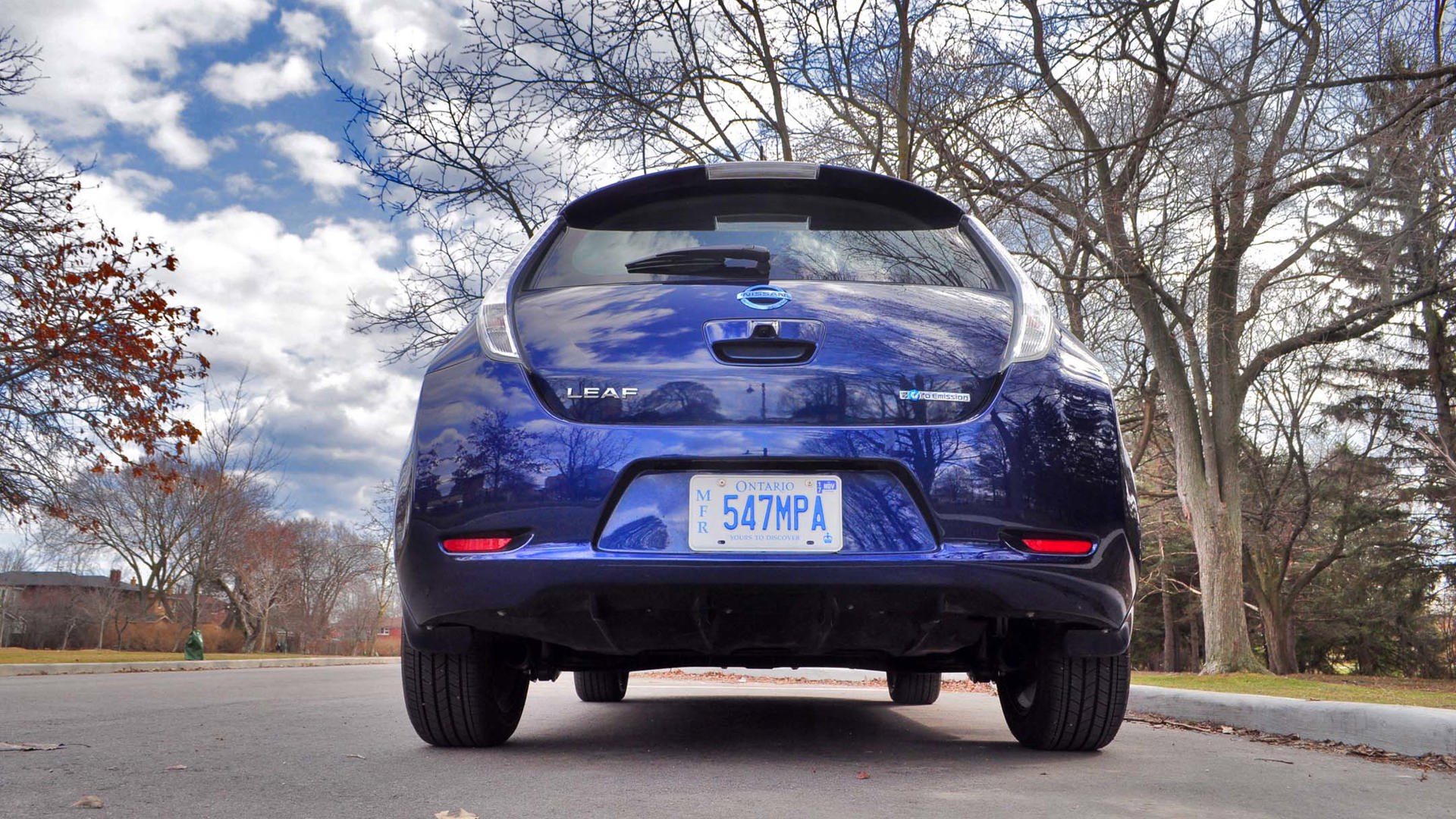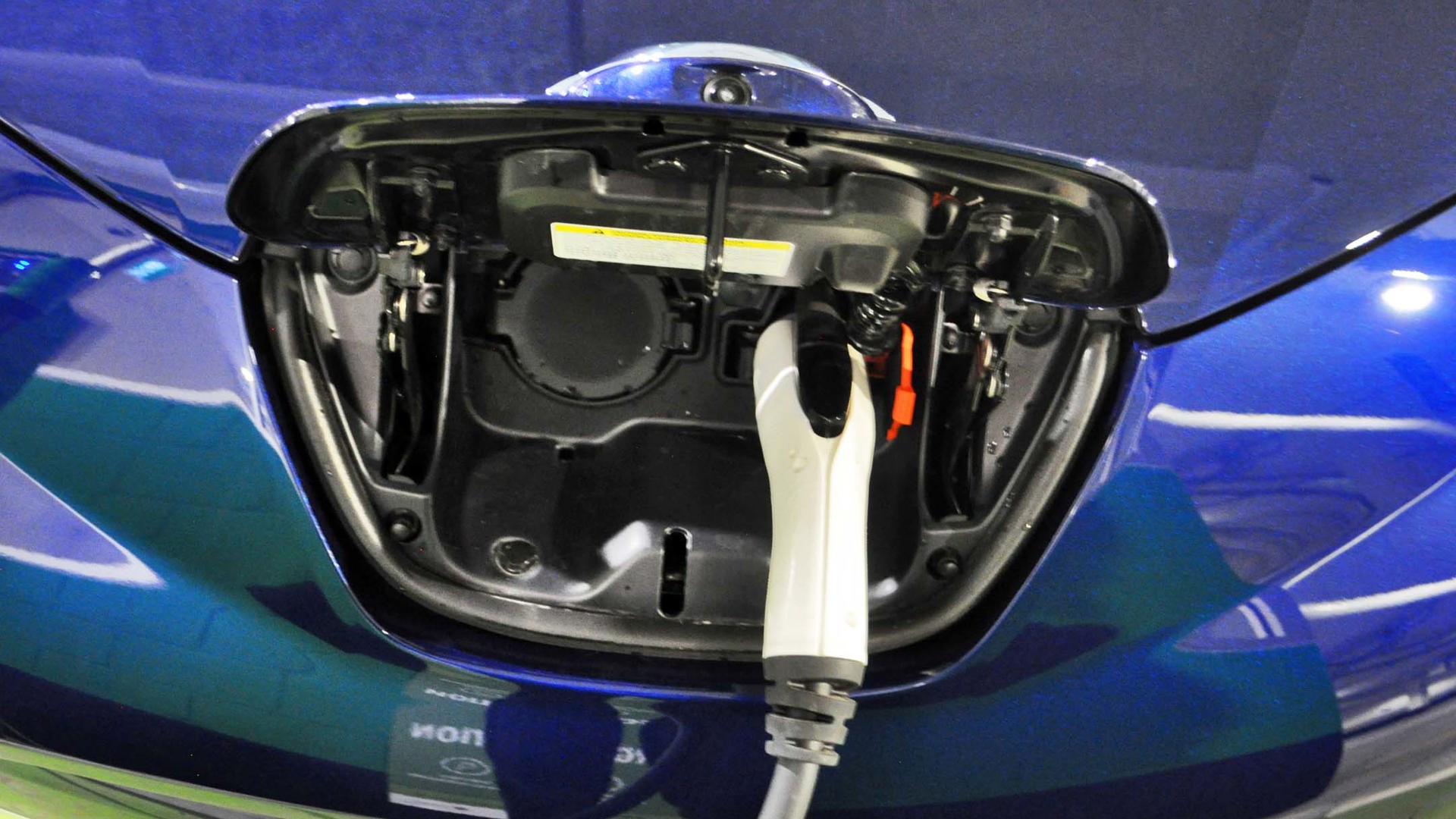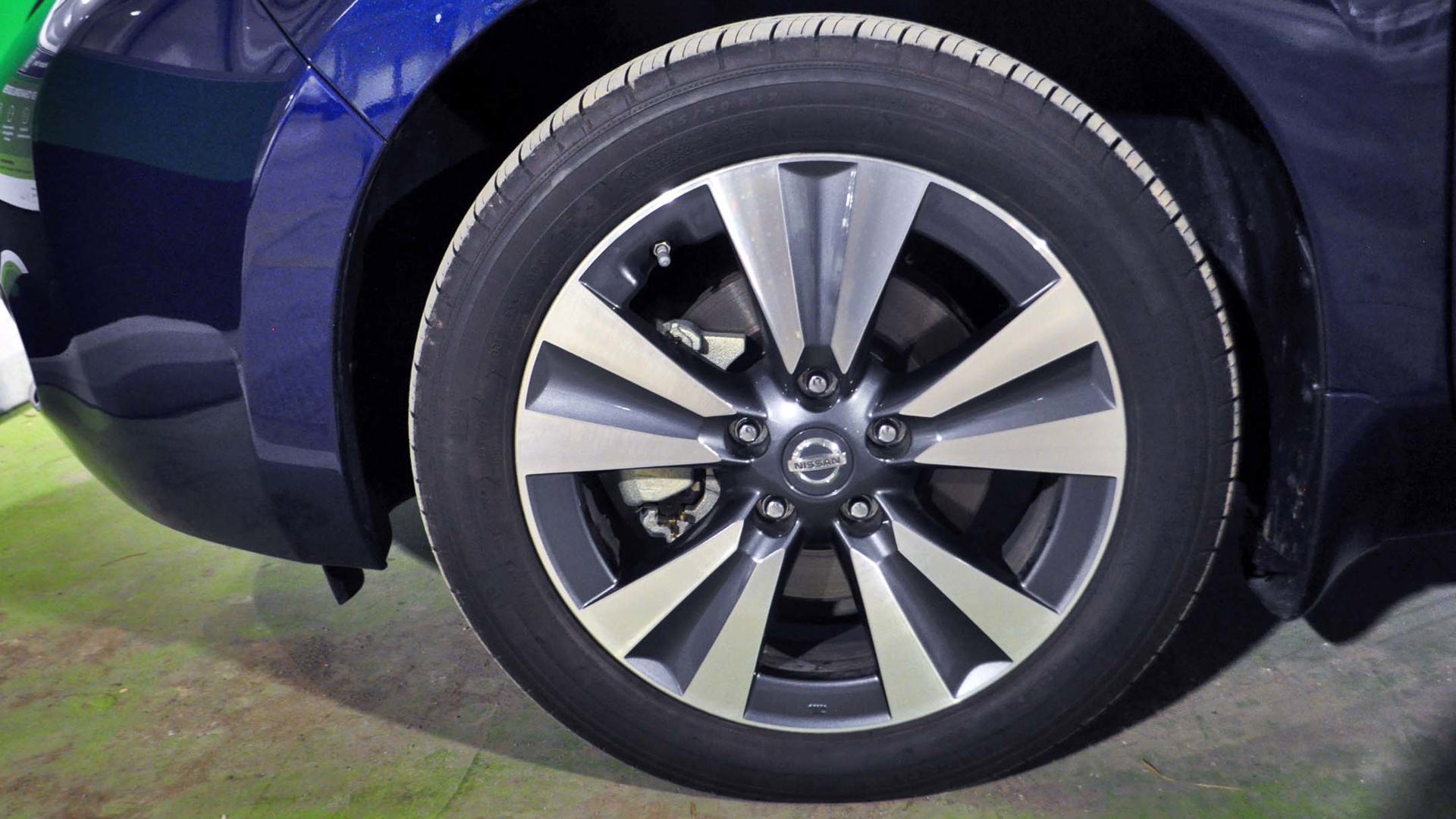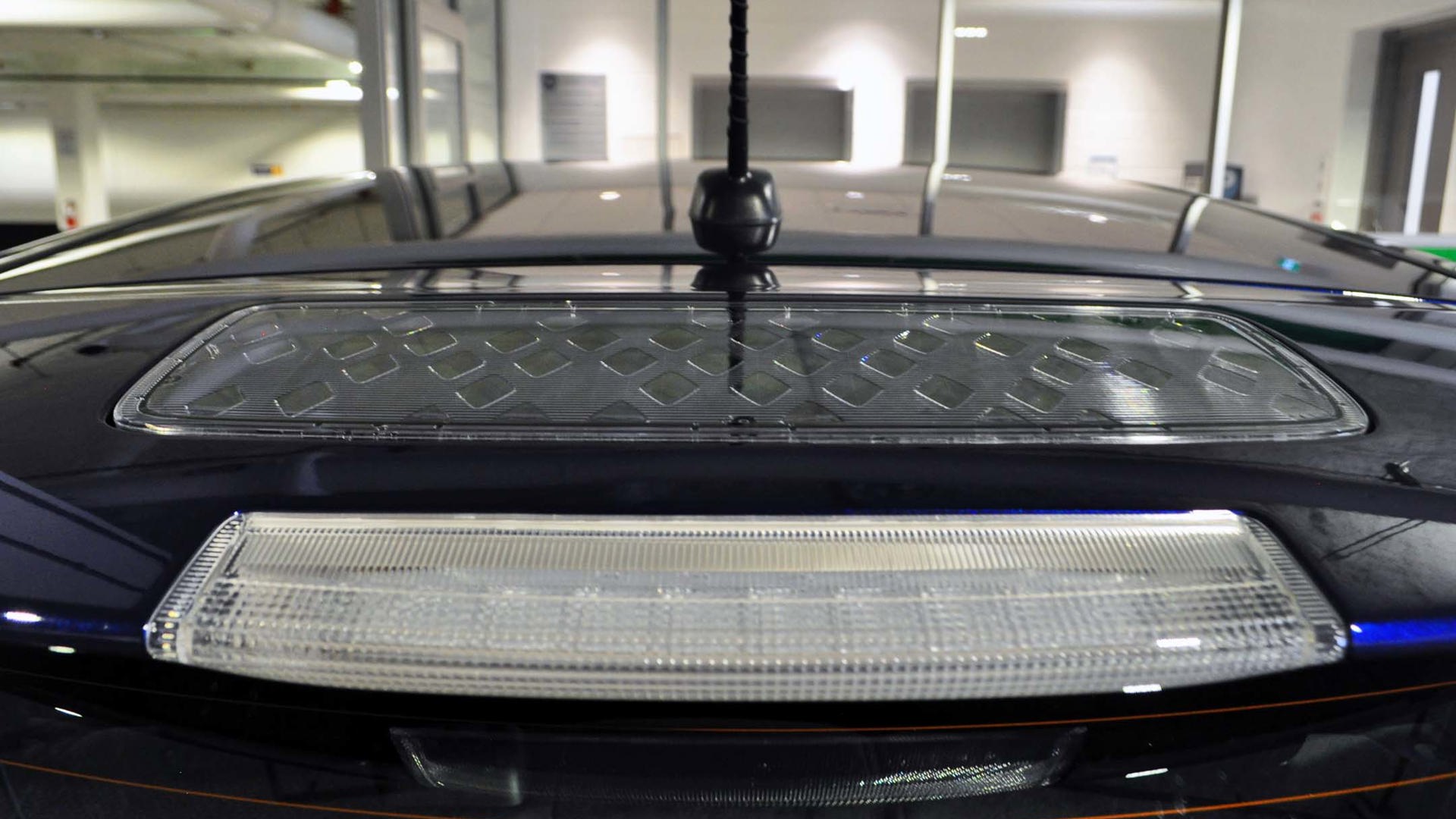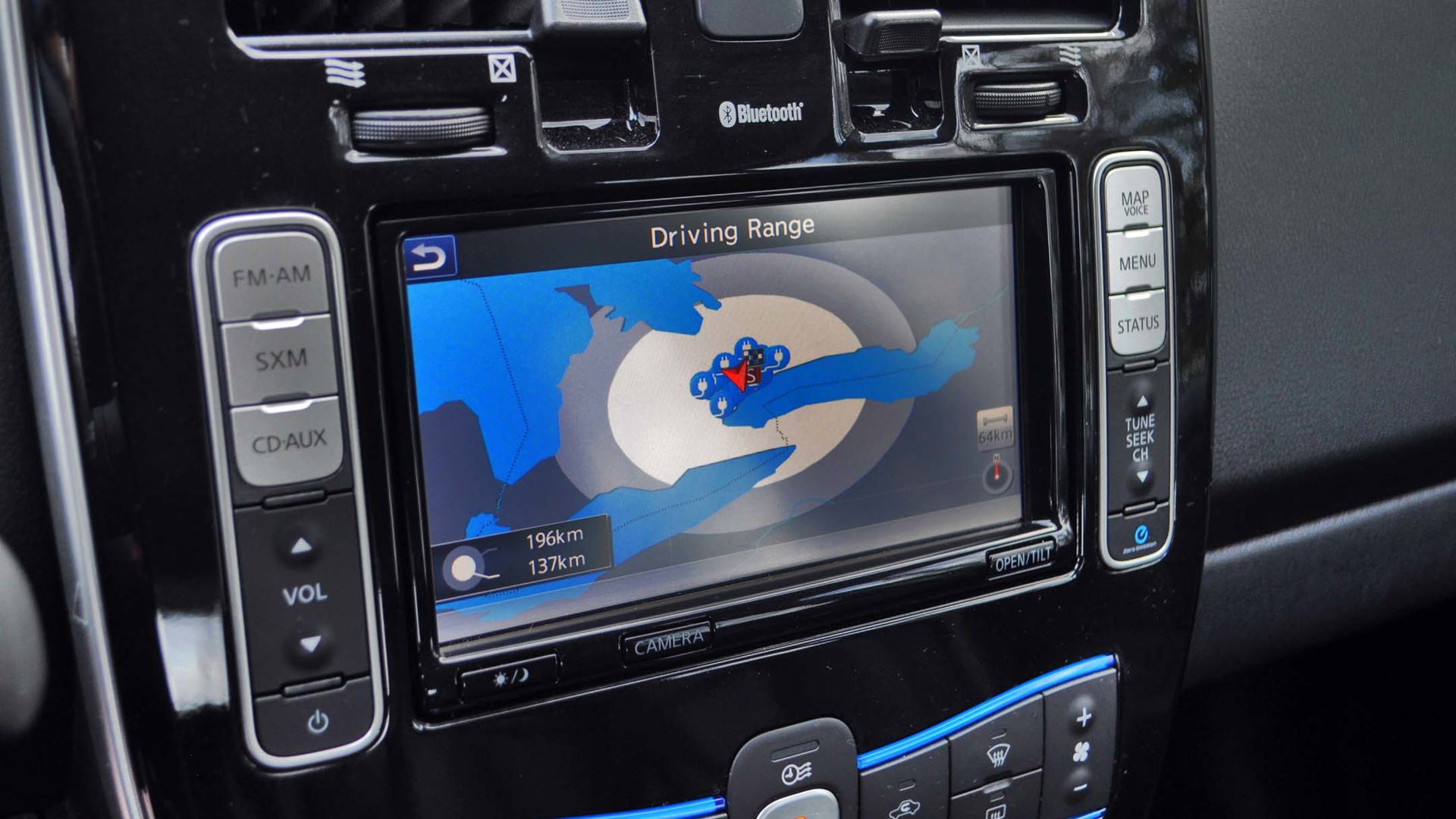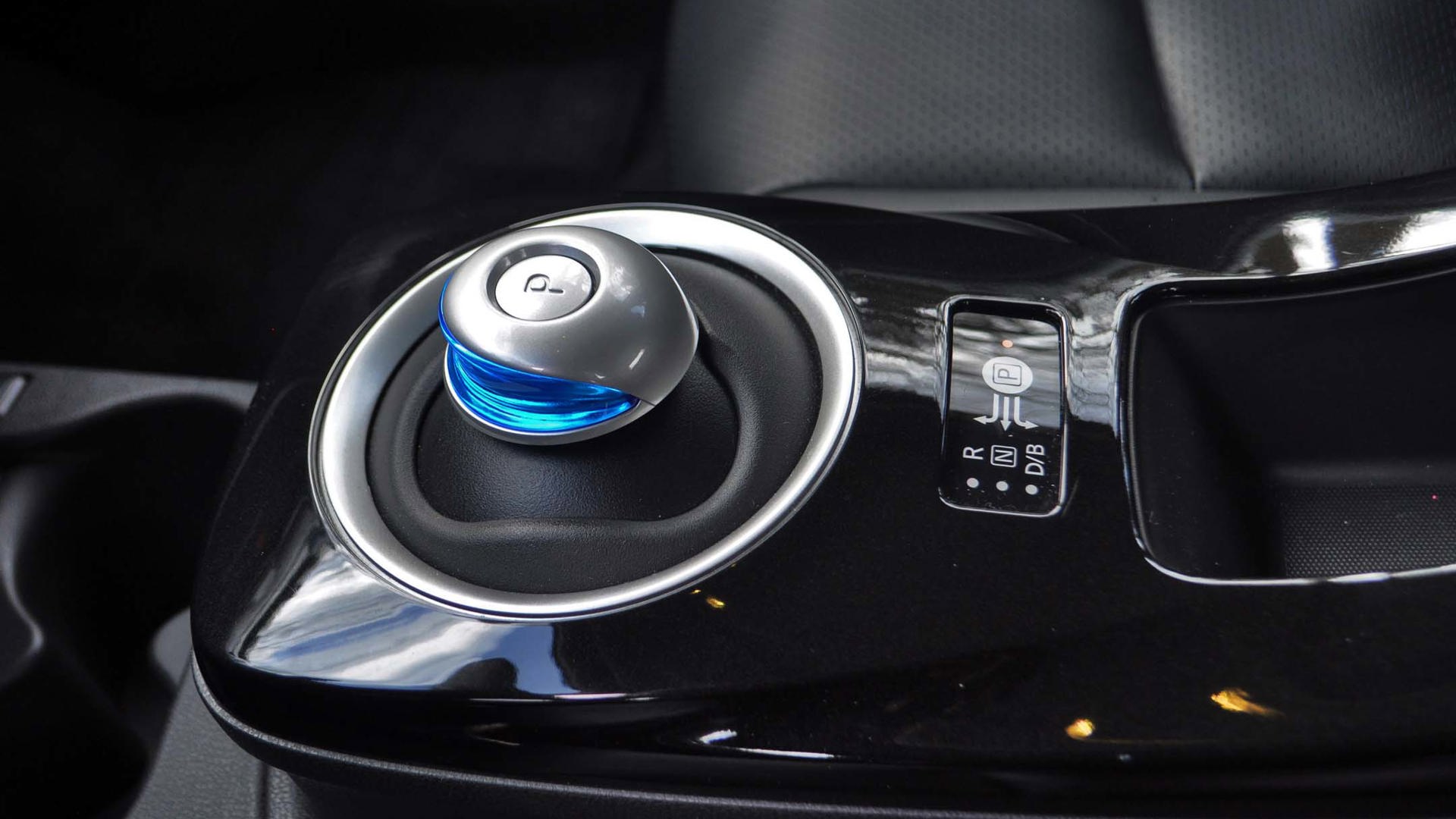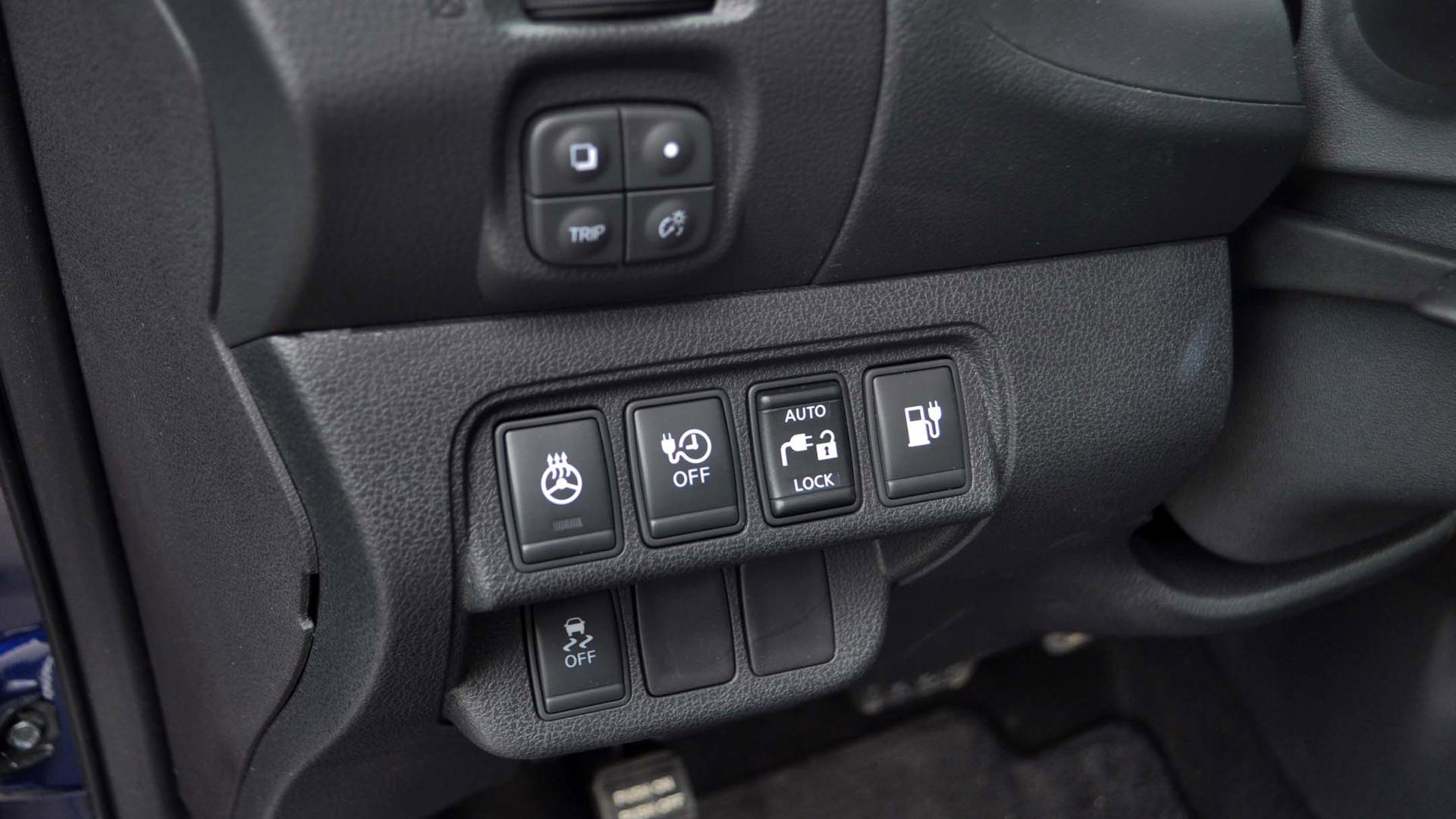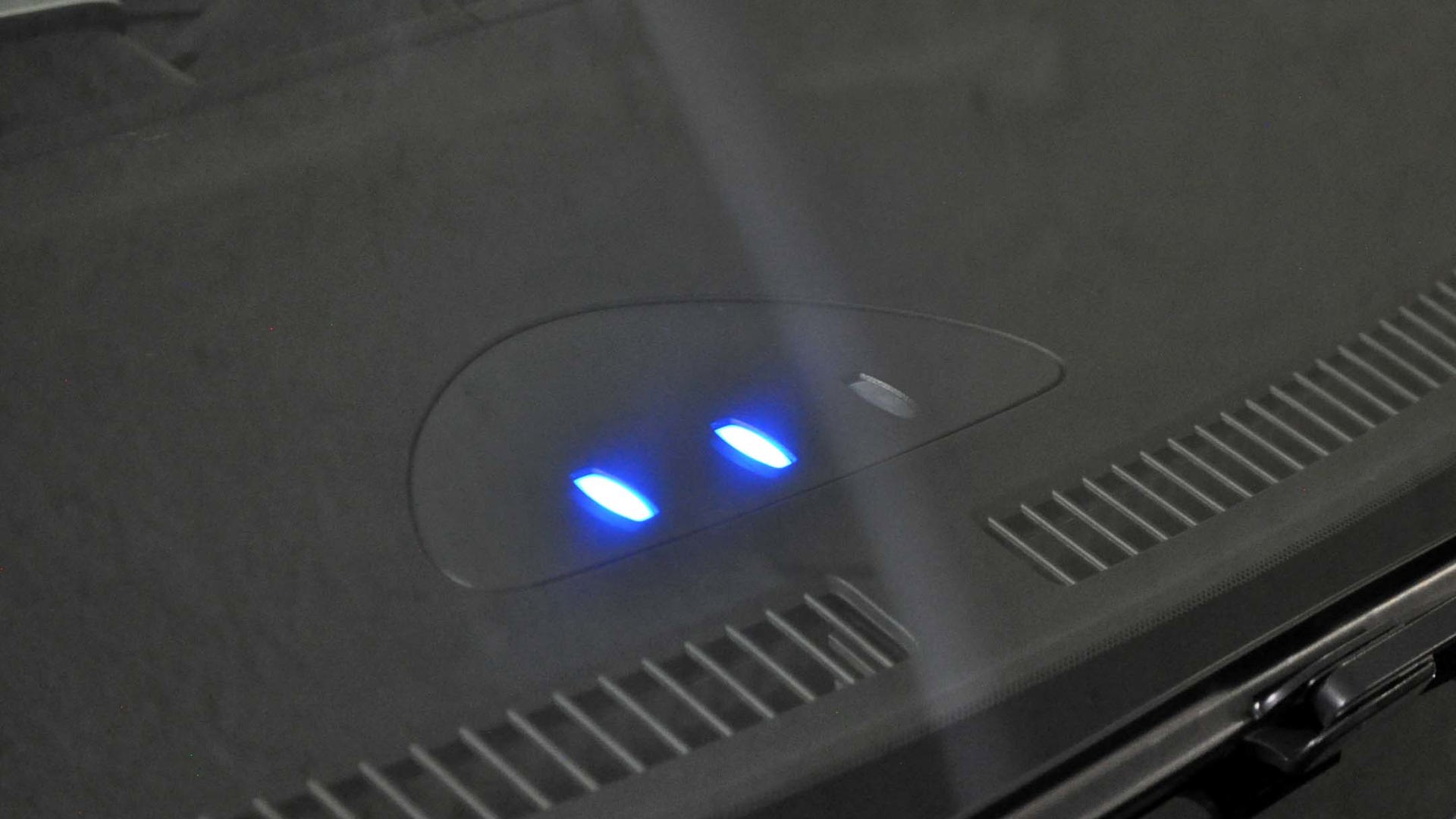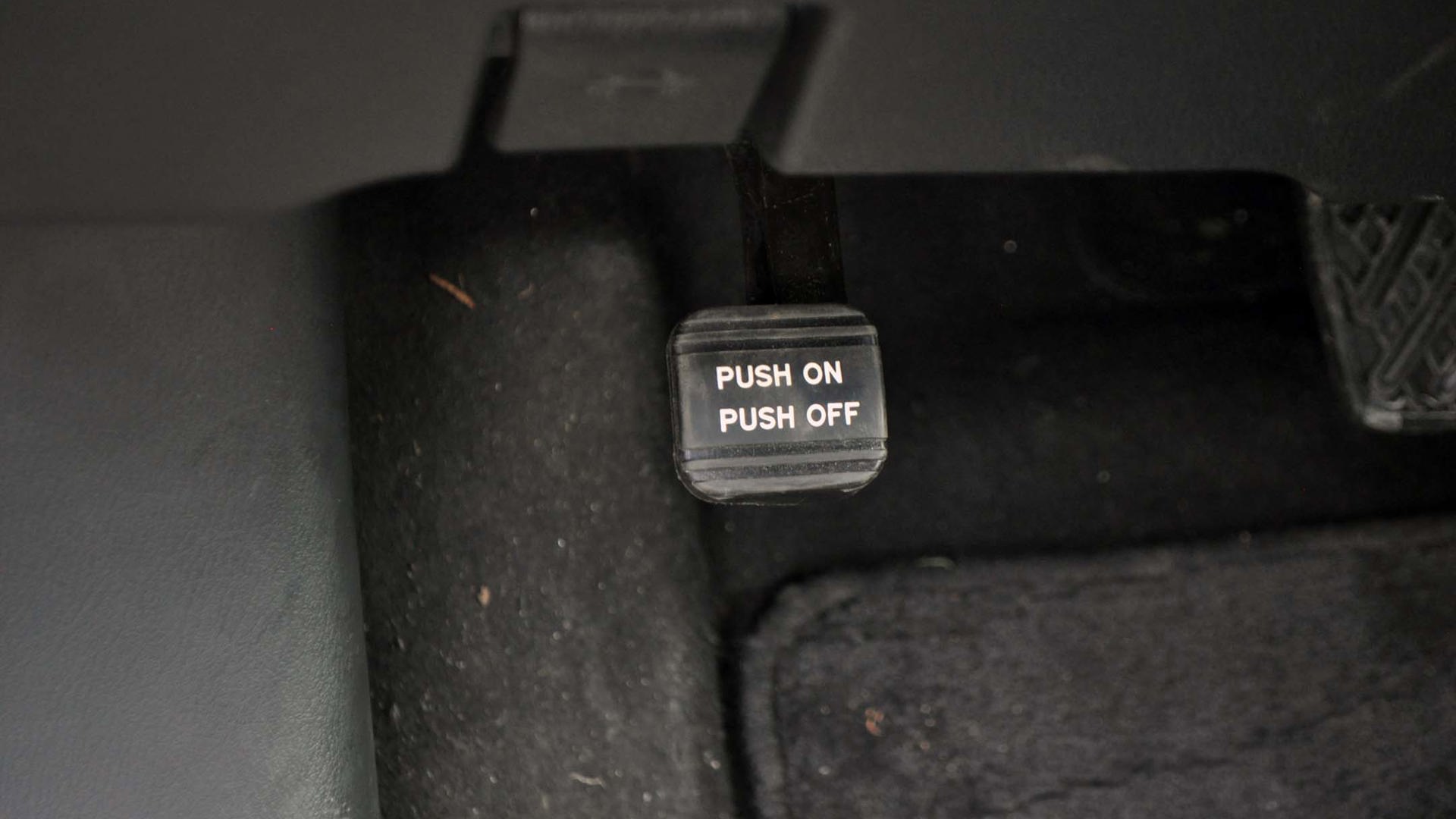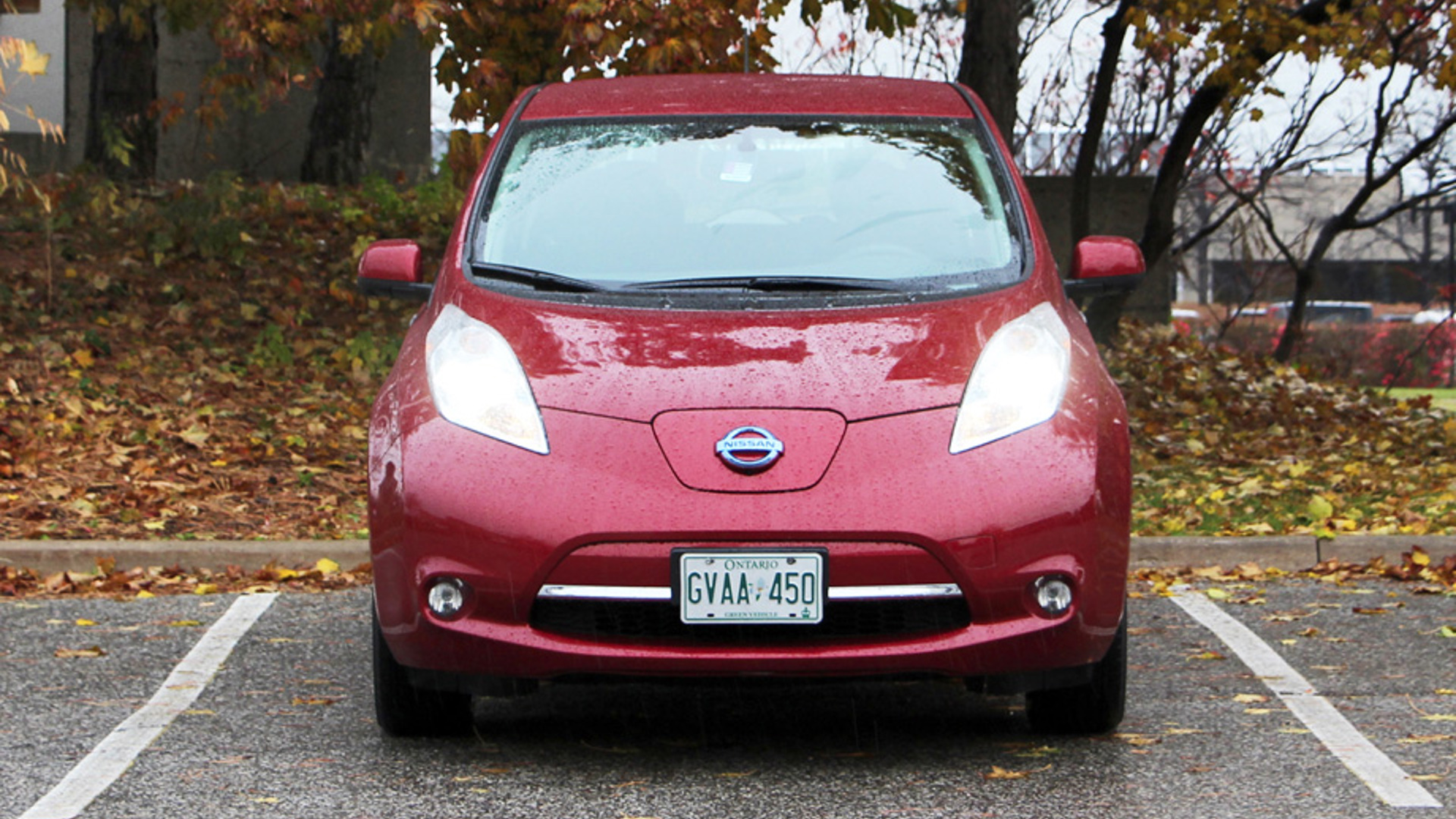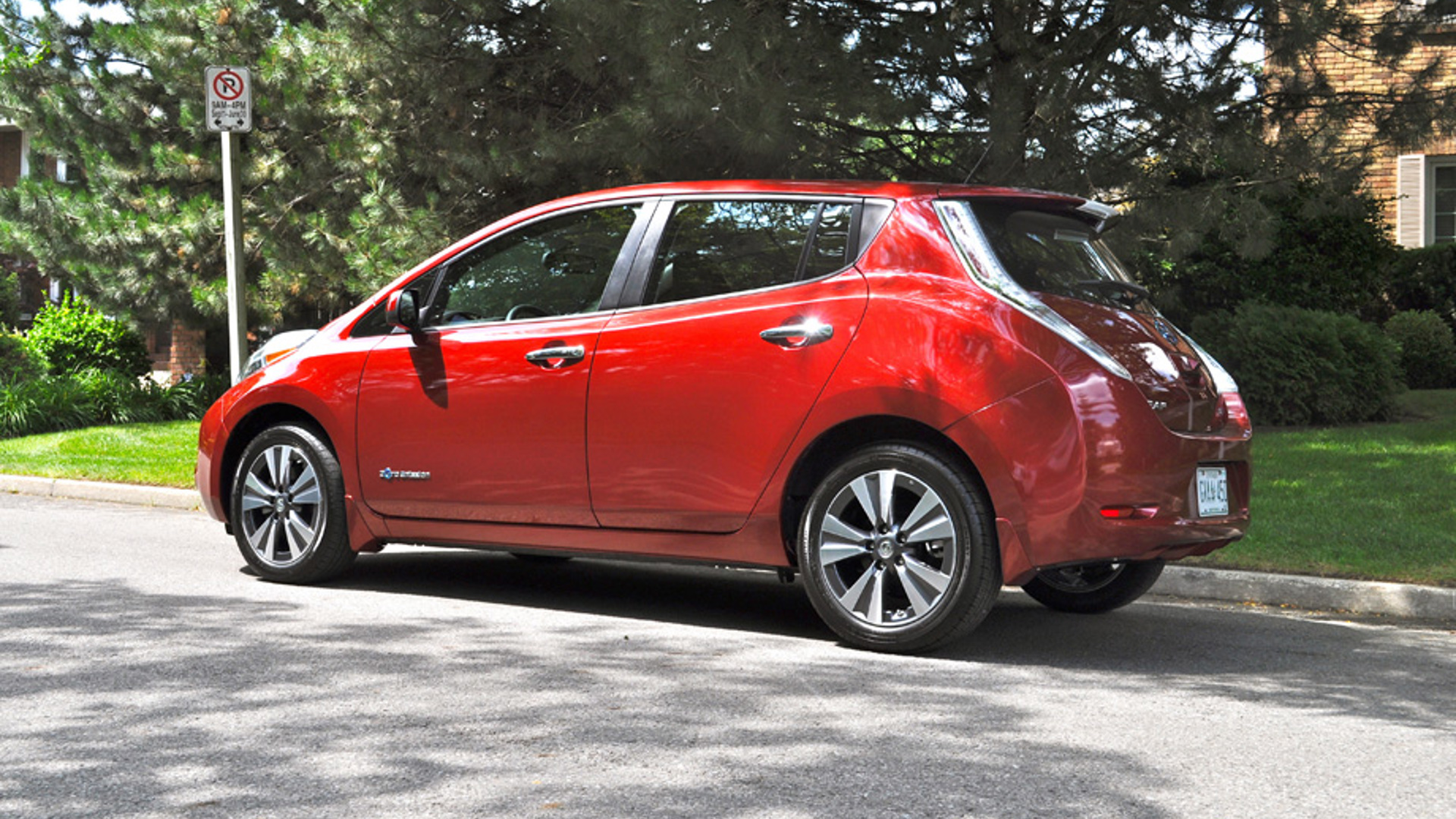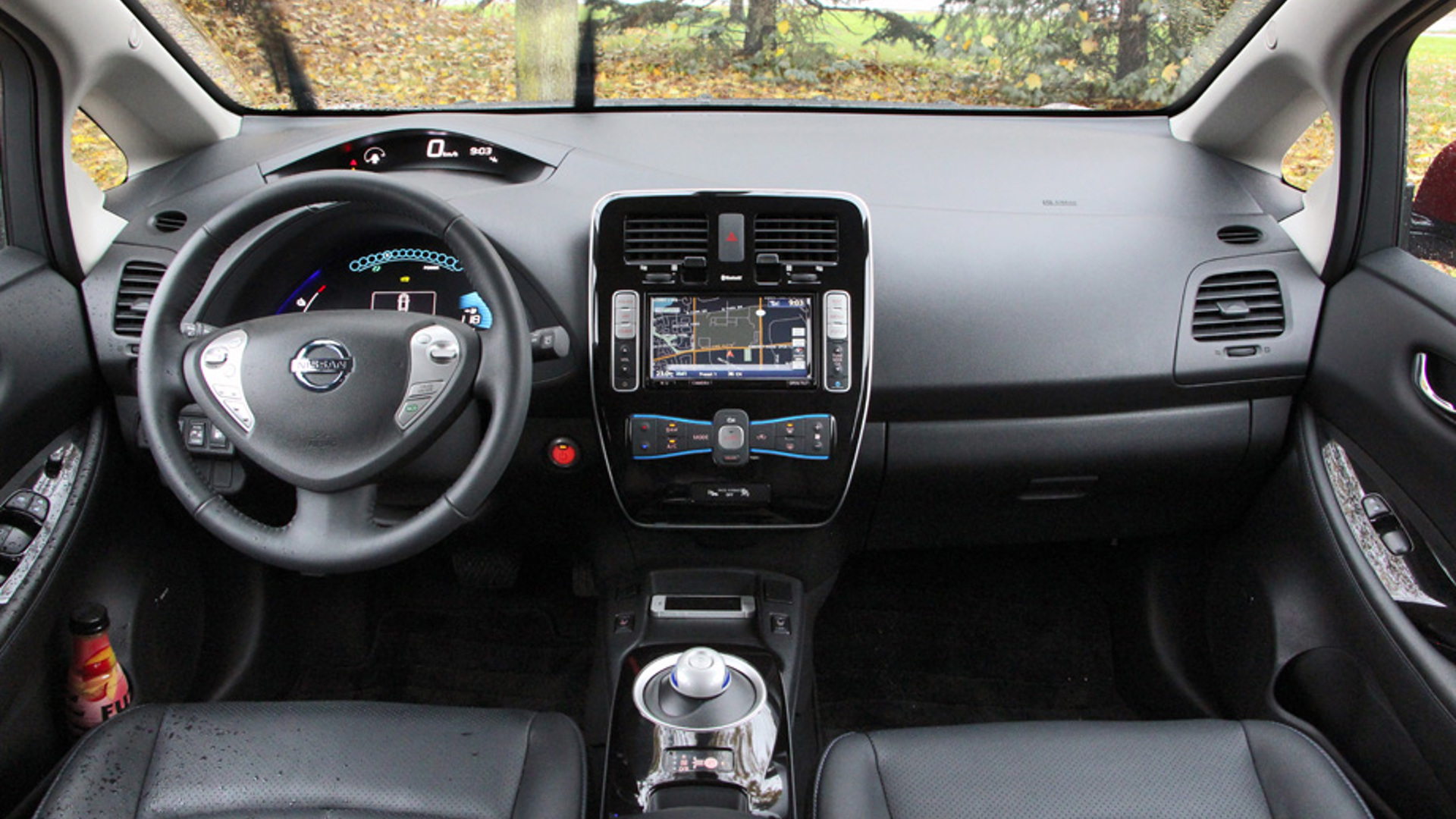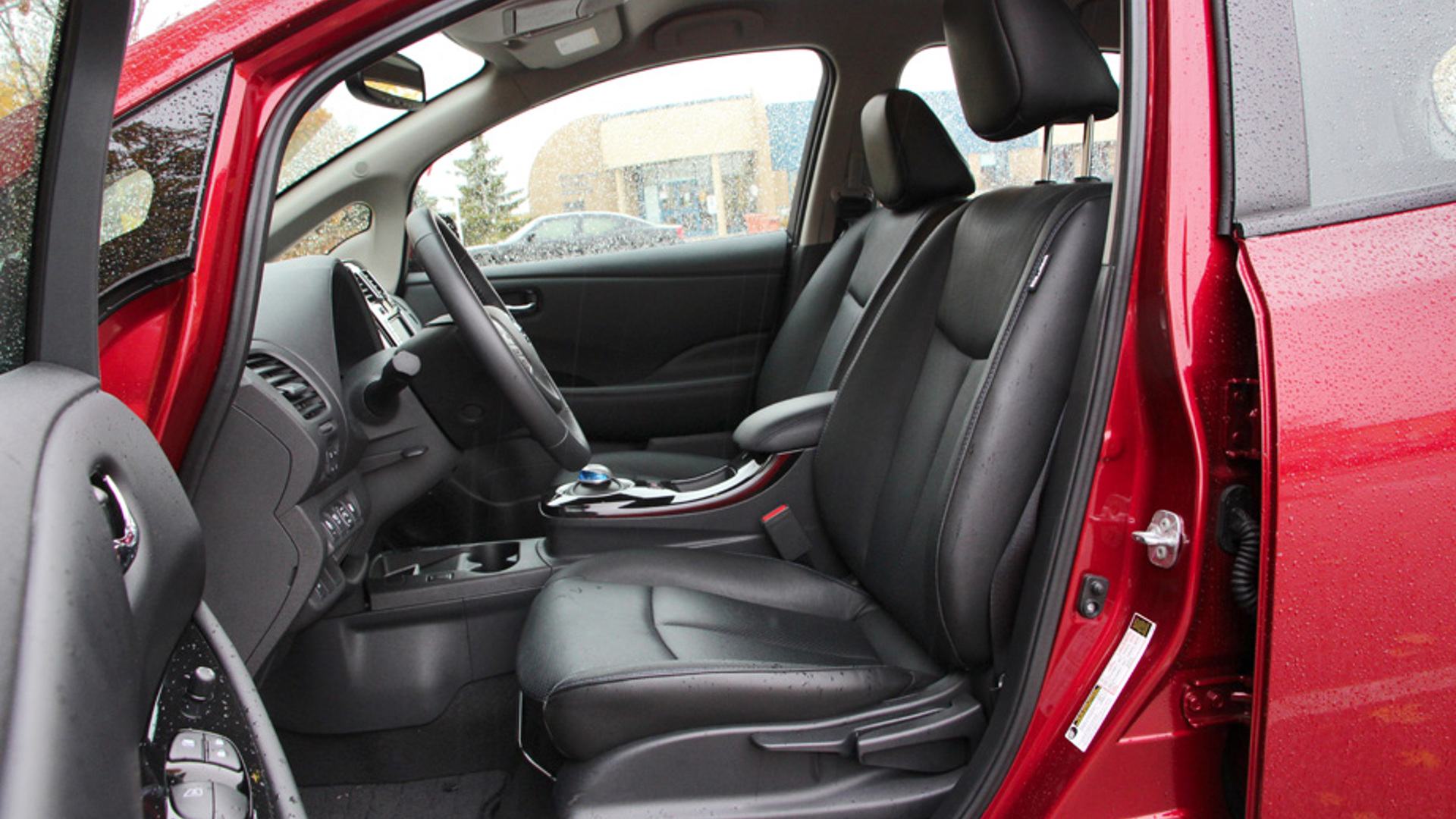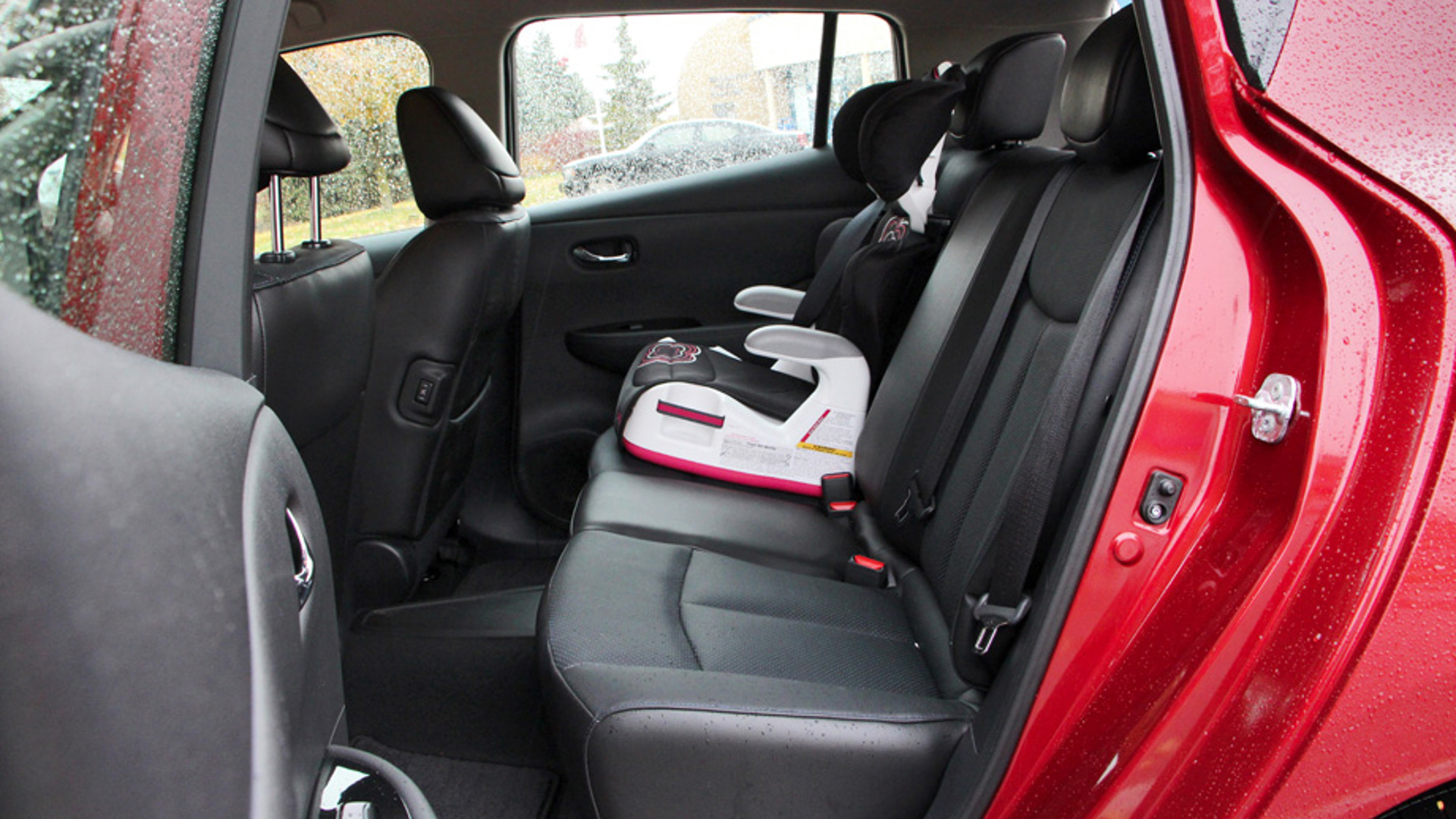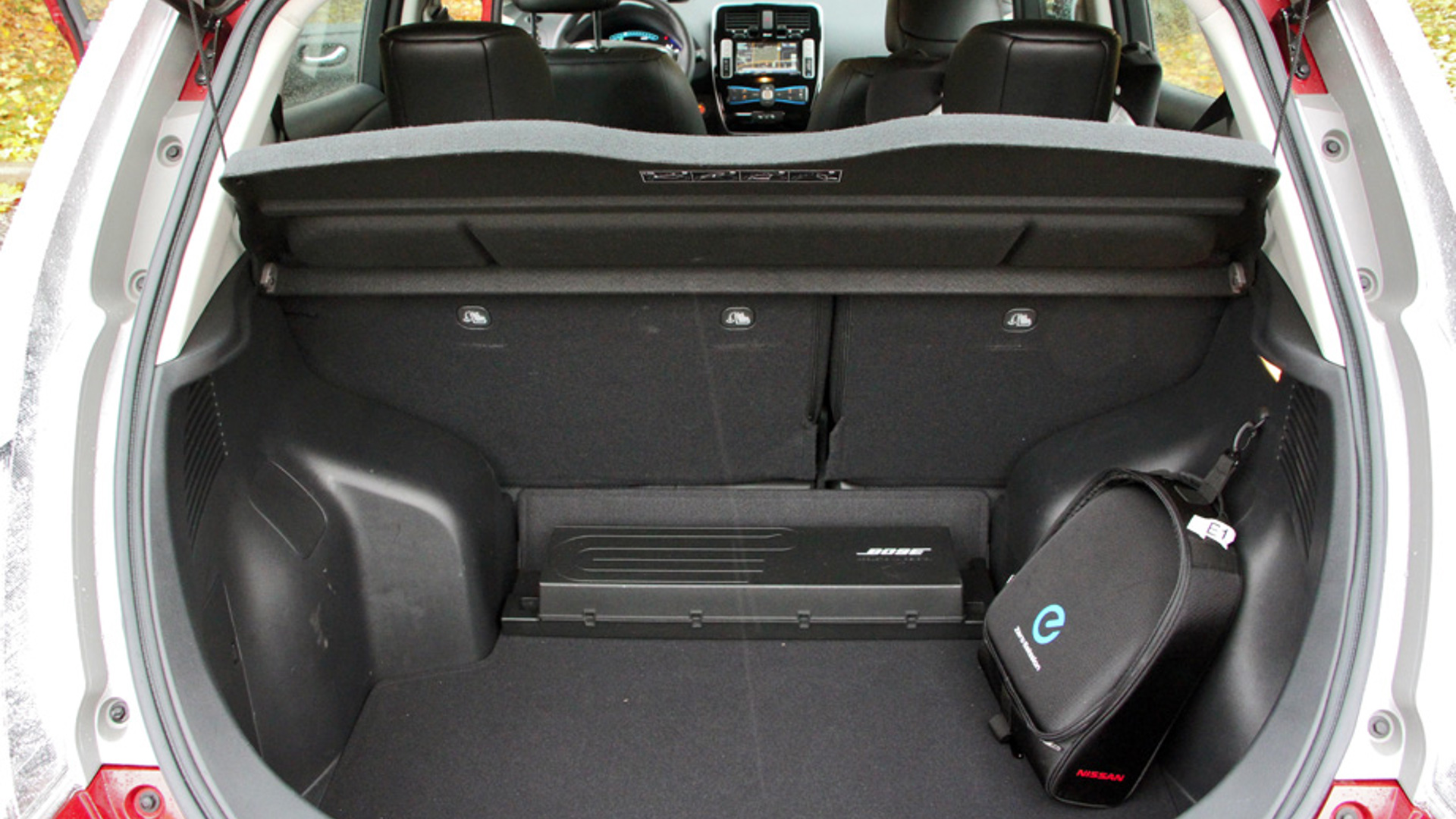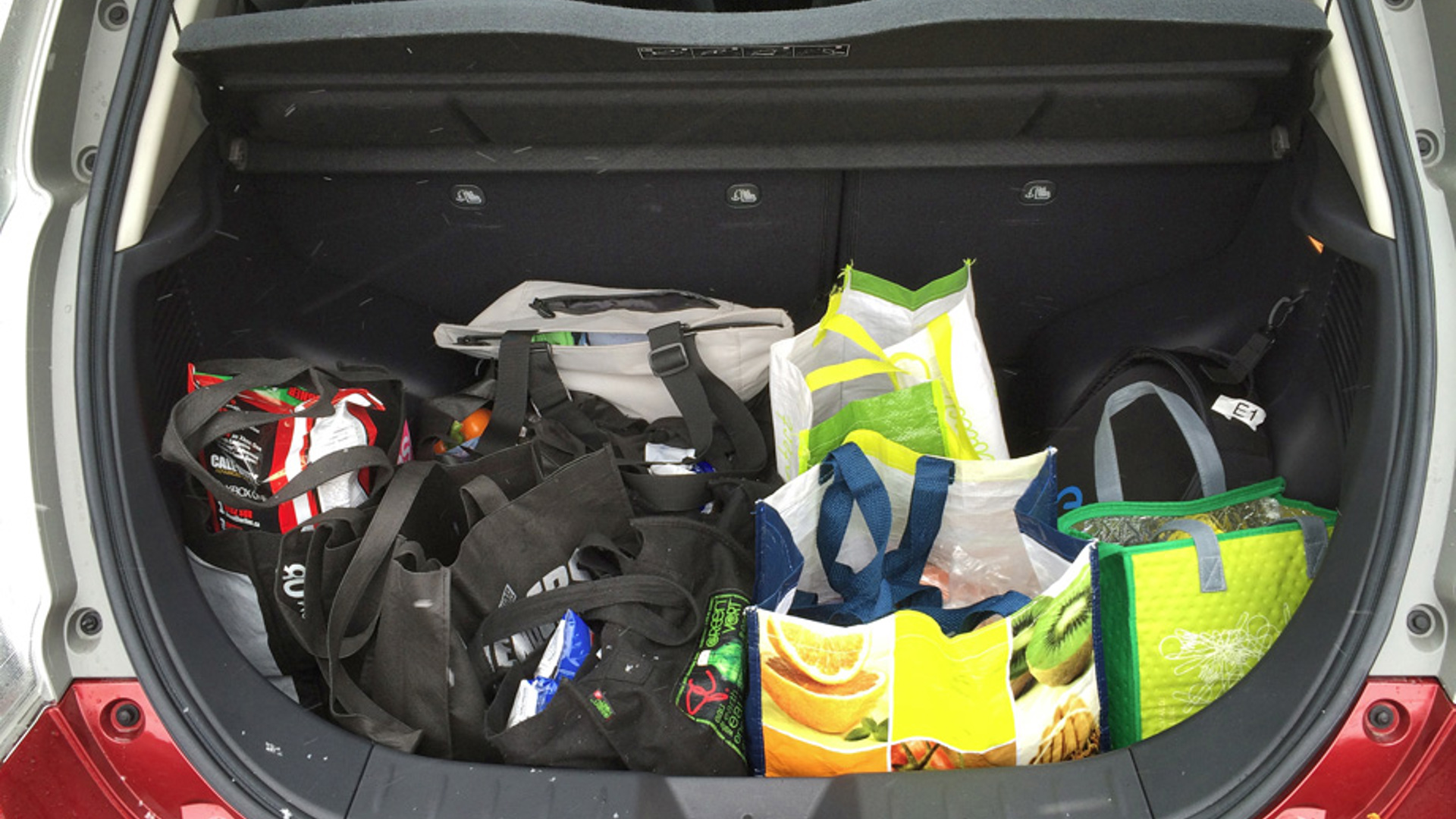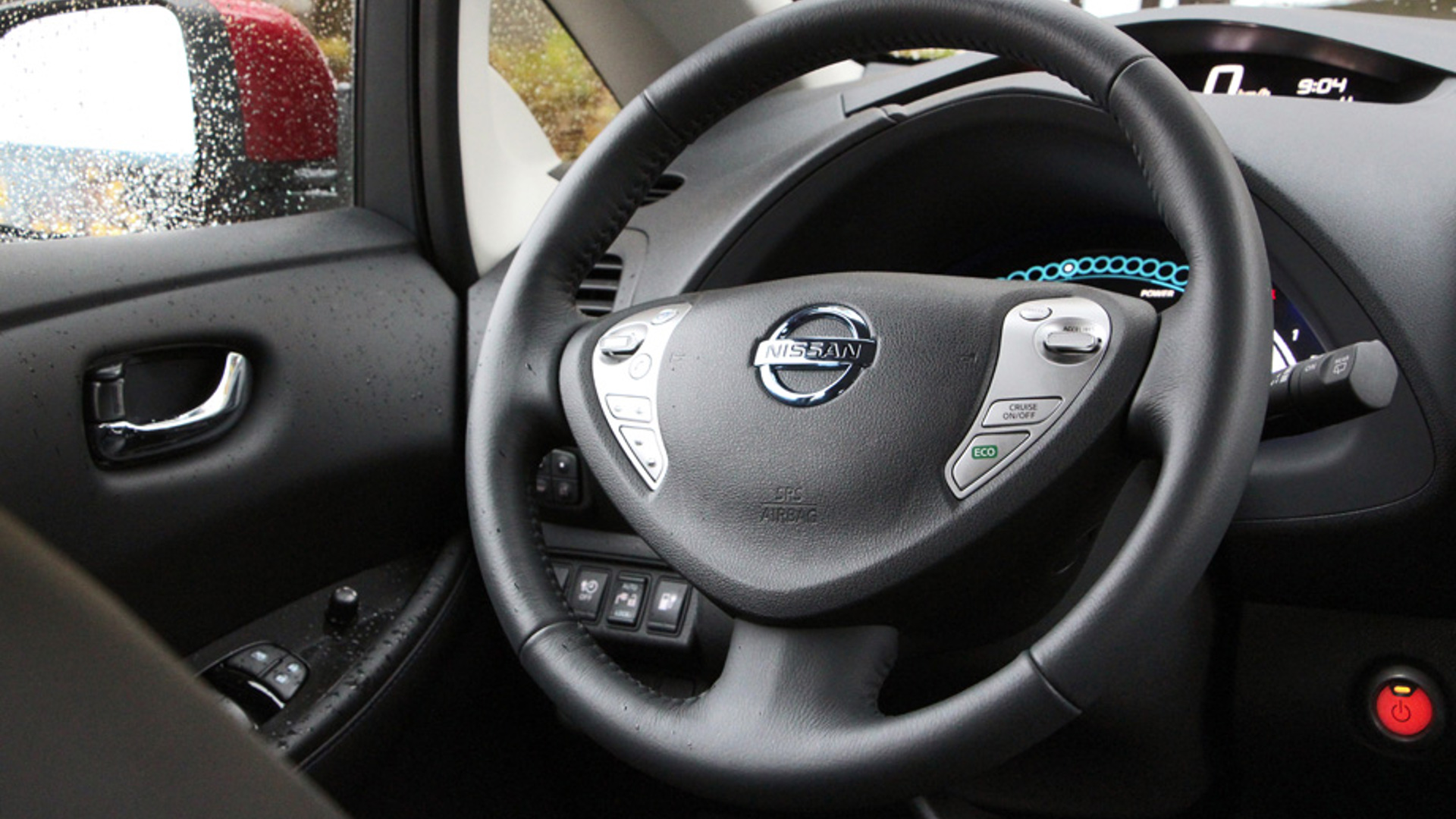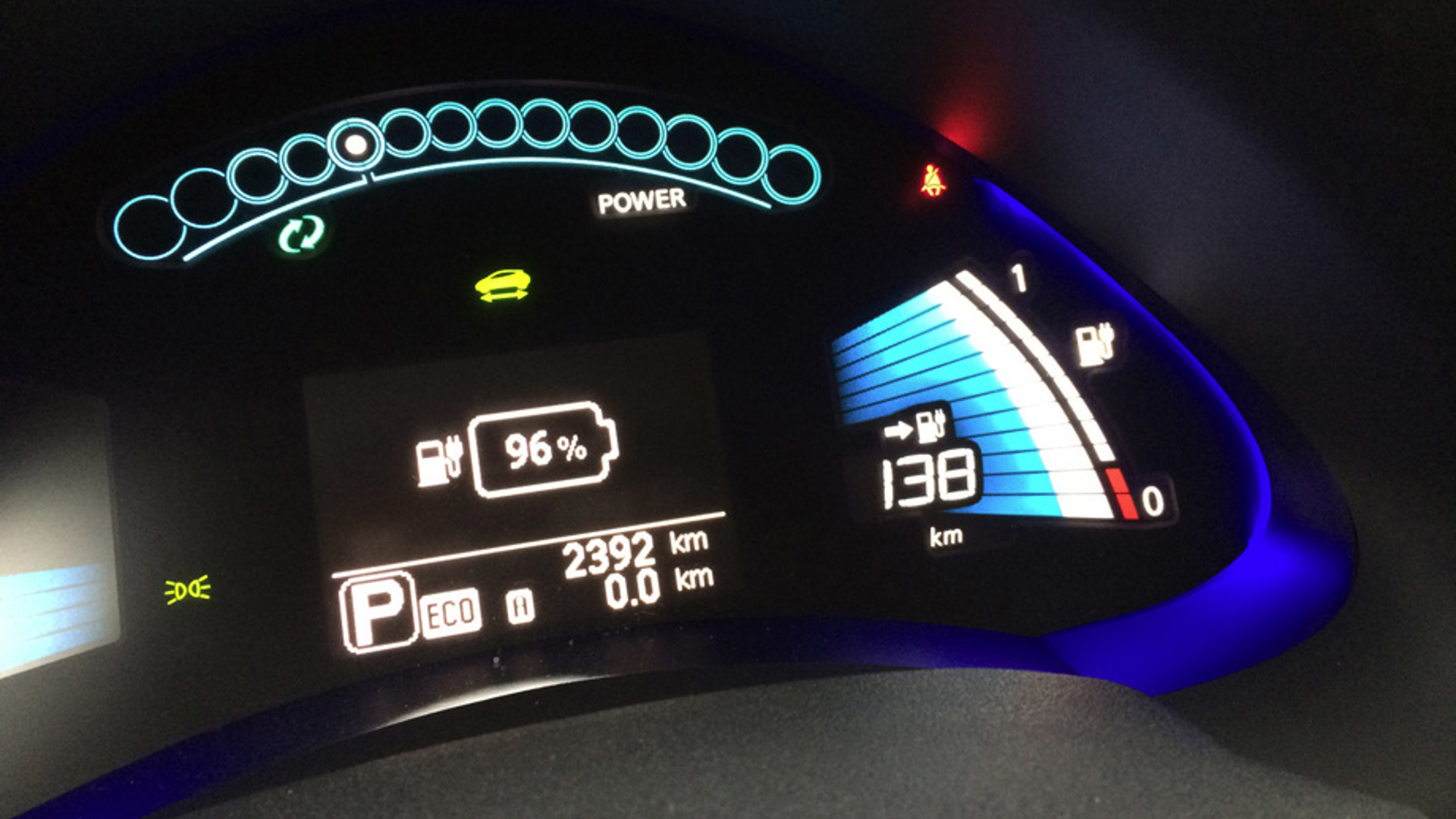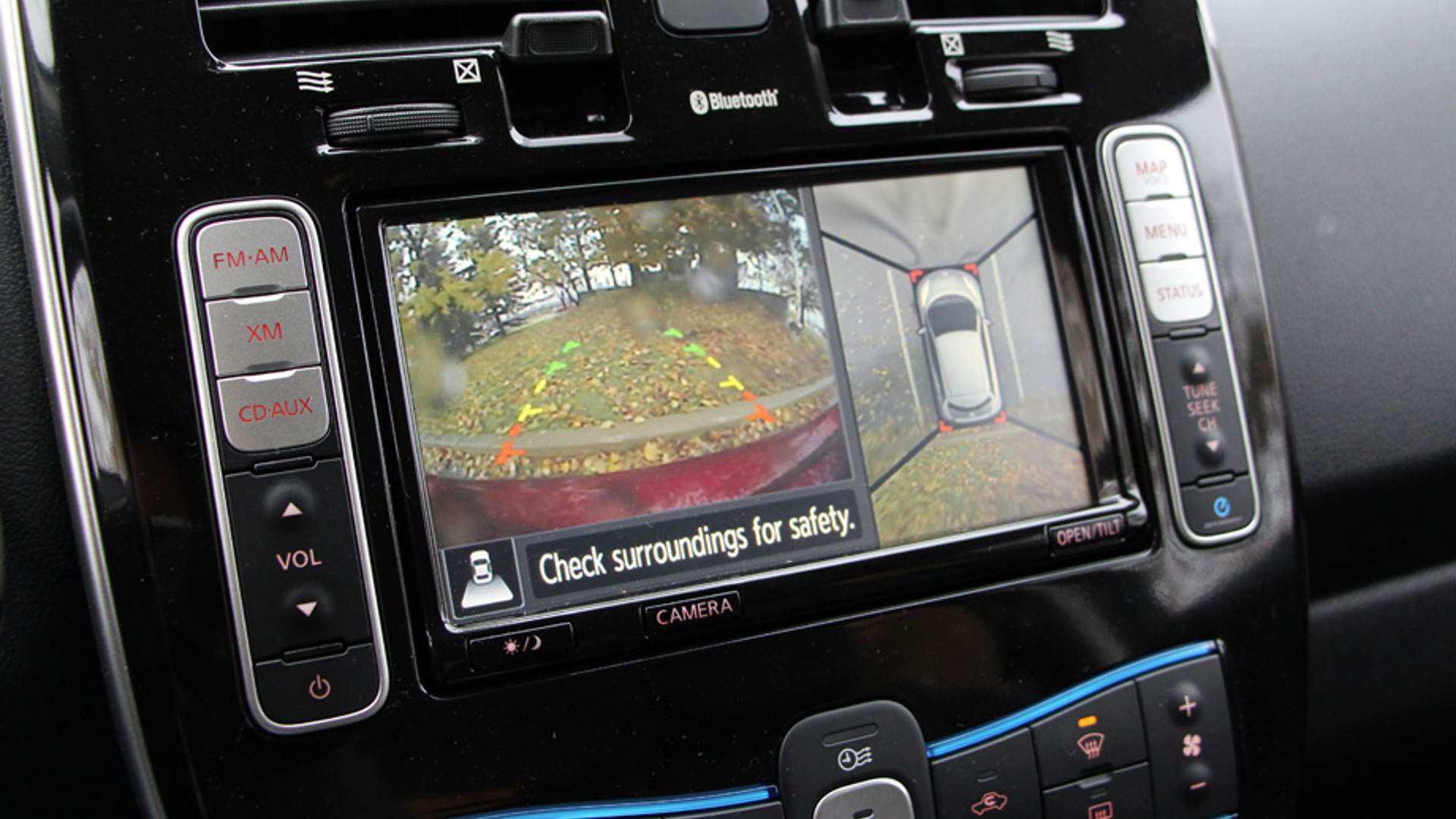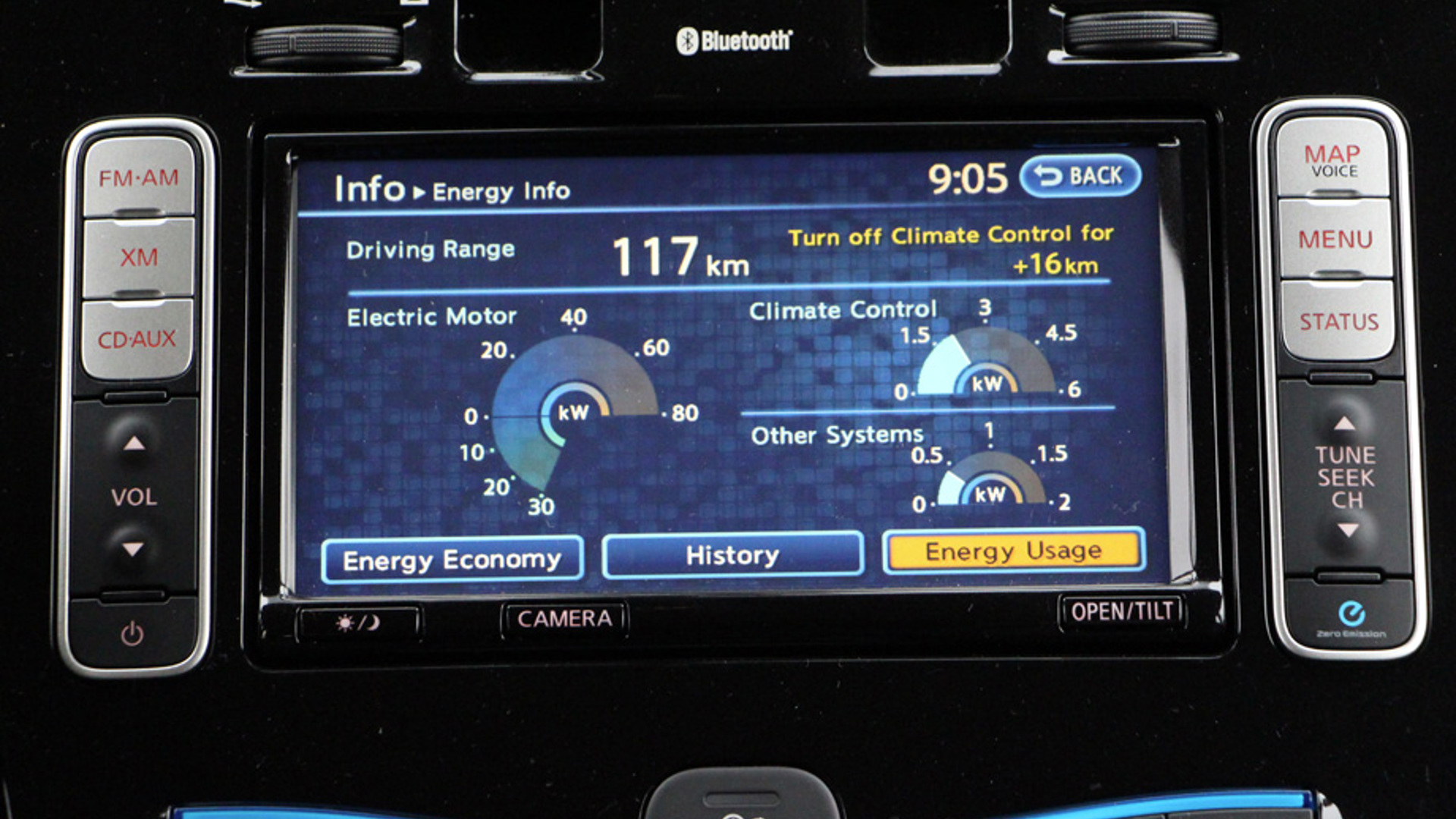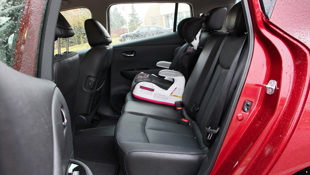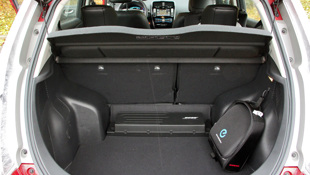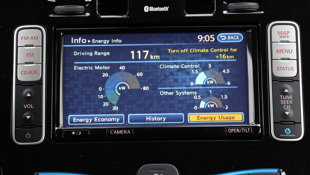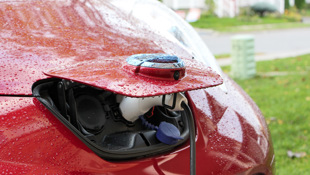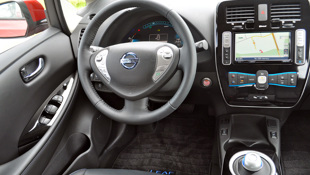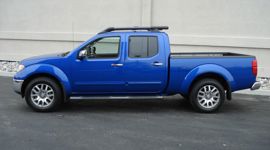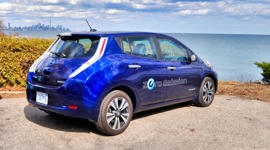Vehicle Type
Flexible hatchback design, and fuel-free, emissions-free driving.
EV hatchback
History/Description
Nissan launched the relatively affordable, mass-market Leaf EV for model year 2011 in Canada – and went on to sell the better part of 5,500 units in this country to date, contributing to global sales approaching 300,000 units. In 2017, Nissan unveiled the all-new, next-generation Leaf, meaning that the first-generation model is about to transition fully into used car territory.
The Leaf amounted to a benchmark EV in the industry, and a model that gave drivers the benefit of 850 litres of cargo capacity, flexible hatchback design, and fuel-free, emissions-free driving.
No fewer than three trim grades were available, including the late-availability Leaf S value model, which put EV driving within closer reach of more shoppers. Feature content, depending on the year and model, included Bluetooth, a back-up camera system, intelligent key with push-button start, heated front and rear seats, navigation, upgraded wheels, a Bose stereo system, Nissan’s Around View Monitor system, and more.
Engines/Trim
The Leaf’s electric motor drives the front wheels, using power stored within a unique battery mounted within its floor. Output of 107 horsepower and 187 lb-ft of on-demand torque are generated noiselessly, and a full battery charge takes as little as five hours. A quick charge function allows for an 80-percent recharge in just 30 minutes.
Shoppers can expect a driving range of around 100 to 150 km, though various factors – including temperature, locale, terrain, and climate control system usage – will affect that figure. From 2016, an updated battery with higher capacity was offered, bumping range slightly.
What Owners Like
Most owners rave about Leaf’s cheap-to-run costs, the joy of never visiting a gas station, and the charm of planning out daily errands and tracking down new charging stations to maximize on the Leaf’s EV range. Though any number of gasoline-powered cars can be had for less money and with no range anxiety, Leaf is almost universally loved by its owners who drive about 75 km per day or less. It’s also easy to park, and very quiet. Performance, thanks to the on-demand electric torque, is a pleasant surprise according to many owners, too.
What Owners Dislike
Common gripes include long charging times where no quick-charger outlet is available, the decrease in driving range associated with cold-weather driving, and a low-budget feel to some of the interior trimmings.
Here’s a look at some Nissan Leaf owner reviews.
The Test Drive
For best results and reduced likelihood of problems and issues, shoppers are advised to consider a pre-purchase inspection by a Nissan technician absolutely mandatory before agreeing to buy a used Leaf. This inspection should take about an hour, is relatively inexpensive, and is the fastest and most effective way to help ensure you don’t wind up buying a unit that’s got more problems than a math textbook.
That said, the Leaf seems to have enjoyed a fairly solid reputation for reliability, and winding up in a healthy used unit is largely a function of shopping patiently, working with your local dealer, and doing your homework.
First up, think “software updates”. These are commonly applied to vehicles during servicing to reprogram or recalibrate vehicle systems to improve durability, efficiency, or performance; or to address some latent issue or defect. On the Leaf, software updates reprogrammed the braking system for improved performance in cold weather, helped to more accurately display remaining mileage, and improved compatibility and recharge times with certain brands of electric recharging stations. Other examples exist. The gist? For the best used Leaf ownership experience, be sure the model you’re considering has had all software updates applied. With the vehicle’s VIN number handy, any Nissan dealer should be able to identify if any software updates are outstanding. Here’s some more information.
Next, here’s some reading on battery degradation. Like all batteries, the Leaf’s EV battery will, over time, degrade. This is normal, and that’s how batteries work. This means, eventually, the total usable capacity of the battery will shrink. (Imagine a gas-powered car where the fuel tank gets a bit smaller every year, and you’re in the right ballpark.)
Several defences here – first off, some in the owners community suggest that this issue is more prevalent in earlier models, perhaps 2011 and 2012. So, where budgets allow, opt for the newest used Leaf available. Remember that current software updates can help improve battery lifespan, and that dealers can typically run a diagnostic test that examines, among other things, the battery’s effective capacity.
Leaf owners are expected to perform an EV Battery Usage Report annually, as part of their maintenance records. Ask the seller to see this report. Nissan comments, “Nissan Leaf-certified dealership technicians are capable of performing an EV Battery Usage Report. A shopper considering a used Leaf model can [also] have this test performed ahead of their purchase at a dealer, if required.”
Two further notes here. First, remember that many, many factors can affect the rate at which the battery in an EV like the Nissan Leaf degrades, including driving habits, locale, and climate, and the frequency with which the vehicle was driven and charged. Frequent long-term storage of the vehicle can negatively affect EV battery life, so avoid a used Leaf that’s, say, been stored in a garage at the seller’s summer cottage for 8 months out of the year.
Second, many used Leaf owners use an app called LeafSpy, which connects to the vehicle’s OBD port and performs its own battery life scan. Some owners consider this third-party check mandatory before buying a used Leaf. Others don’t. Here’s some more reading.
Important: use caution when plugging any non-dealer equipment into a vehicle OBD port, to prevent potentially costly problems.
Finally, here’s a discussion about checking battery capacity via the Leaf’s instrument cluster. Familiarize yourself with how to check how many “life bars” are remaining on the used Leaf’s battery display, before you buy. When new, the battery starts at 12 total life bars. After some time, this will be reduced. Note that some models may qualify for a warranty replacement battery once overall capacity falls below a certain point. Ask your local dealer for more information. Here’s a little more reading.
Note, too, that the Leaf also runs a conventional 12-volt battery, just like a regular car, to power on-board accessories. It is recharged while driving (but not while the Leaf is plugged in to recharge its larger drive battery). A weak or dying 12-volt battery can cause numerous annoying issues. Frequent short trips, or leaving your keyless keyfob in or near the vehicle while it’s parked, can cause excessive battery drain. Ditto accidentally tapping the engine start button twice when leaving the car, which actually leaves it in accessory mode, rather than turning it off. If you note any wonkiness or non-functionality relating to on-board accessories, start with a check of the Leaf’s 12-volt battery.
Move to the Leaf’s recharging gear, and inspect everything. Be sure the charging cord and plug are in good shape, not frayed or worn, and that the charger plug isn’t split, cracked, or showing any signs of wear. As worn out charging gear can be a safety hazard and relatively expensive to replace, now’s the time to be sure that the seller isn’t trying to pass off a pricey bill.
Finally, remember that the Leaf is a plug-in EV, but that it’s also a normal car in many relevant ways, too. Though you needn’t worry about on-time oil changes or timing belt replacements, Leaf has a braking system, tires, suspension, on-board entertainment systems, and other accessories that should all be checked out for proper operation, or signs of excessive wear. Translation? Carefully scrutinize all of Leaf’s EV-specific components, as well as its conventional components, for maximum peace of mind.
The Verdict
For the right shopper, and one who drives well within the Leaf’s range on a daily basis, a healthy used model represents a compelling way to skip the gas station.
Here’s a list of first-generation Nissan Leaf recalls.
Crash Test Ratings
IIHS: Top Safety Pick (2013)
NHTSA: 4/5 Stars (2014)

